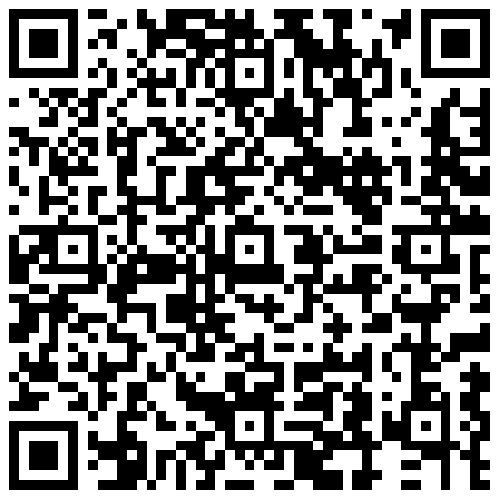Decimal Number System
by Lily, Aug 20 2023
What is the Decimal Number System?
Hey there, young math explorers! You've already learned about decimals, which are like the cool extensions of our number system. Did you know that decimals can also be written as fractions with special denominators like 10, 100, 1000, and more?
When we write numbers with a dot, like 5.2, 4.19, or 11.83, we call them "decimal numbers" or simply "decimals." It's like having a secret code to show parts of a whole!
In this exciting article, we'll dive into the world of decimals and learn all about their parts. There are fun examples to help us understand, and we'll even tackle some practice problems together. Get ready for a math adventure like no other!
What is a Decimal Number?
Decimal numbers are like cool extensions of our regular numbers, and they help us show parts of a whole. It's like having a secret code to talk about smaller pieces of things!
For example, if you have a delicious pizza, a whole pizza is like 1. But if you eat just a slice, that's a part of the pizza, like 0.5. See how the dot helps us talk about the yummy slices!
So, next time you see a number with a magical dot, you'll know it's a "decimal number," making math even more fun and twinkling like stars in the sky!
Parts of a Decimal Number
Young math whizzes! Do you know that decimal numbers have two cool parts that make them super special? Here are the introductionL
- Whole Number Part: Imagine you have a shiny treasure chest, and inside it, you find a whole number, just like a whole chocolate cake. It's the big number before the magical dot! For example, in the decimal number 3.14, the "3" is the whole number part, like having three big slices of cake!
- Decimal Part: Now, let's look at the magical dot, like a sparkling star in the sky. After the dot, you find some more numbers, just like tiny sprinkles on top of the cake! These numbers show the part of the whole that's left. In 3.14, the "14" is the decimal part, telling us about the little sprinkles after eating three slices of cake!
So, with the whole number part and the decimal part, you have all you need to explore the magical world of decimal numbers. Enjoy your math adventure, and let the numbers shine like stars in the sky!
Types of a Decimal Number
Step into the fascinating realm of "Decimal Numbers," where numbers and twinkling dots come together in a magical dance! Next, we'll unravel the two types of decimals that add a splash of wonder to the world of math. Get ready for an adventure filled with decimals and delight!
- Mixed Decimals: Imagine you're enjoying a tasty ice cream sundae with your favorite toppings. Mixed decimals are like a yummy mix of whole numbers and decimals together! For example, 2.5 is a mixed decimal because it has both a whole number (2) and a decimal part (0.5), just like having two scoops of ice cream and half of another scoop!
- Pure Decimals: Now, let's imagine you have a dazzling treasure box filled with sparkling gems. Pure decimals are like special numbers that have only the decimal part, no whole number. It's like having a treasure box full of tiny, shiny gems! For example, 0.75 is a pure decimal because it has only the decimal part (0.75), like finding three sparkling gems in your treasure box!
So, with mixed decimals and pure decimals, you'll be a math magician, turning numbers into delightful treats and sparkling treasures!
Conclusion
Congratulations, young math explorers! You've now mastered the enchanting world of "Decimal Numbers." Just like twinkling stars in the sky, decimals add a special sparkle to our number system!
With whole number parts and tiny decimal parts, you can now talk about parts of things in a magical way. From yummy ice cream scoops to dazzling treasure gems, decimals make math more fun and exciting!
So, keep shining bright in your math adventures, and let the magic of decimal numbers lead you to endless discoveries. You're now true math wizards, ready to tackle any math challenge that comes your way!

 Successful
Successful